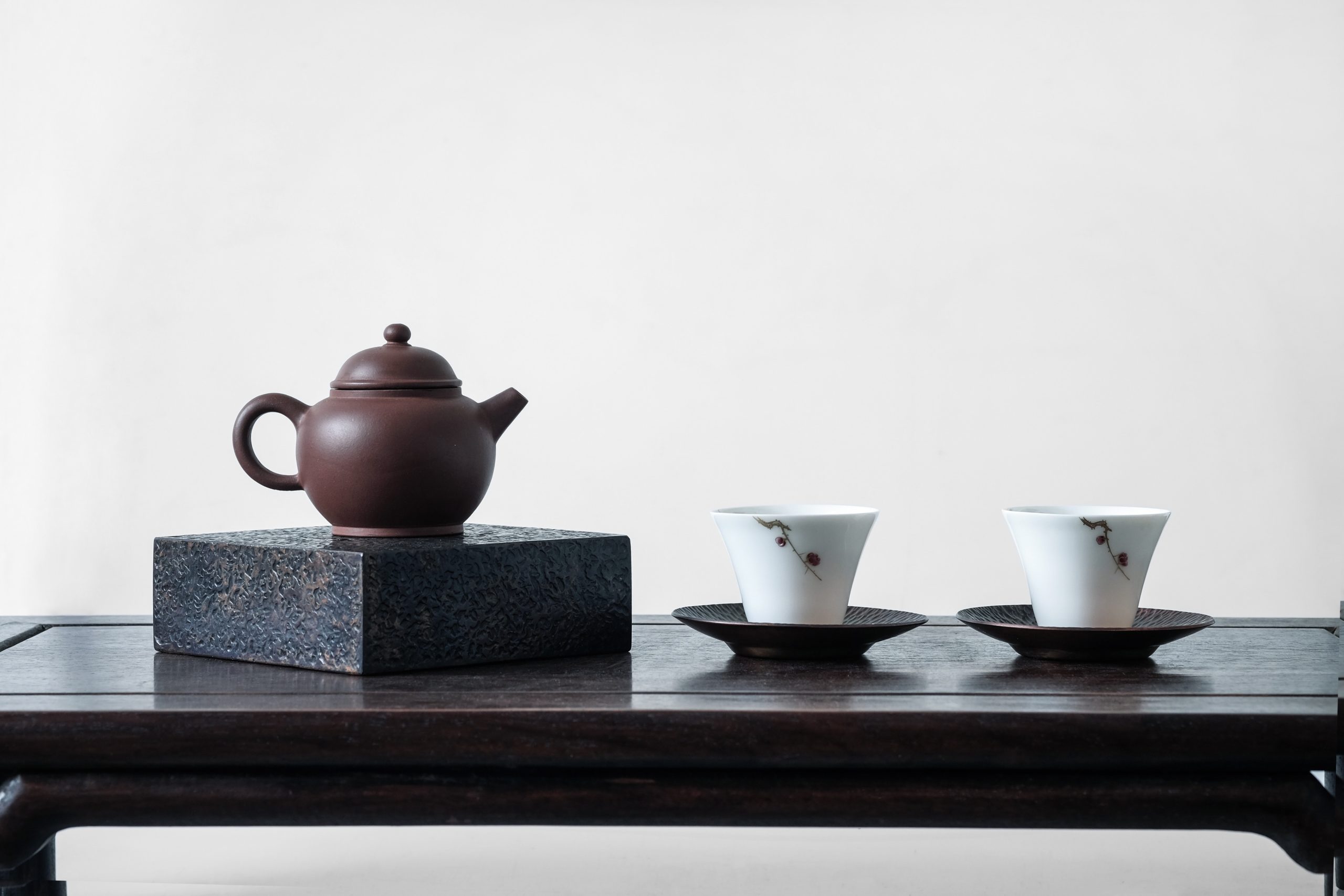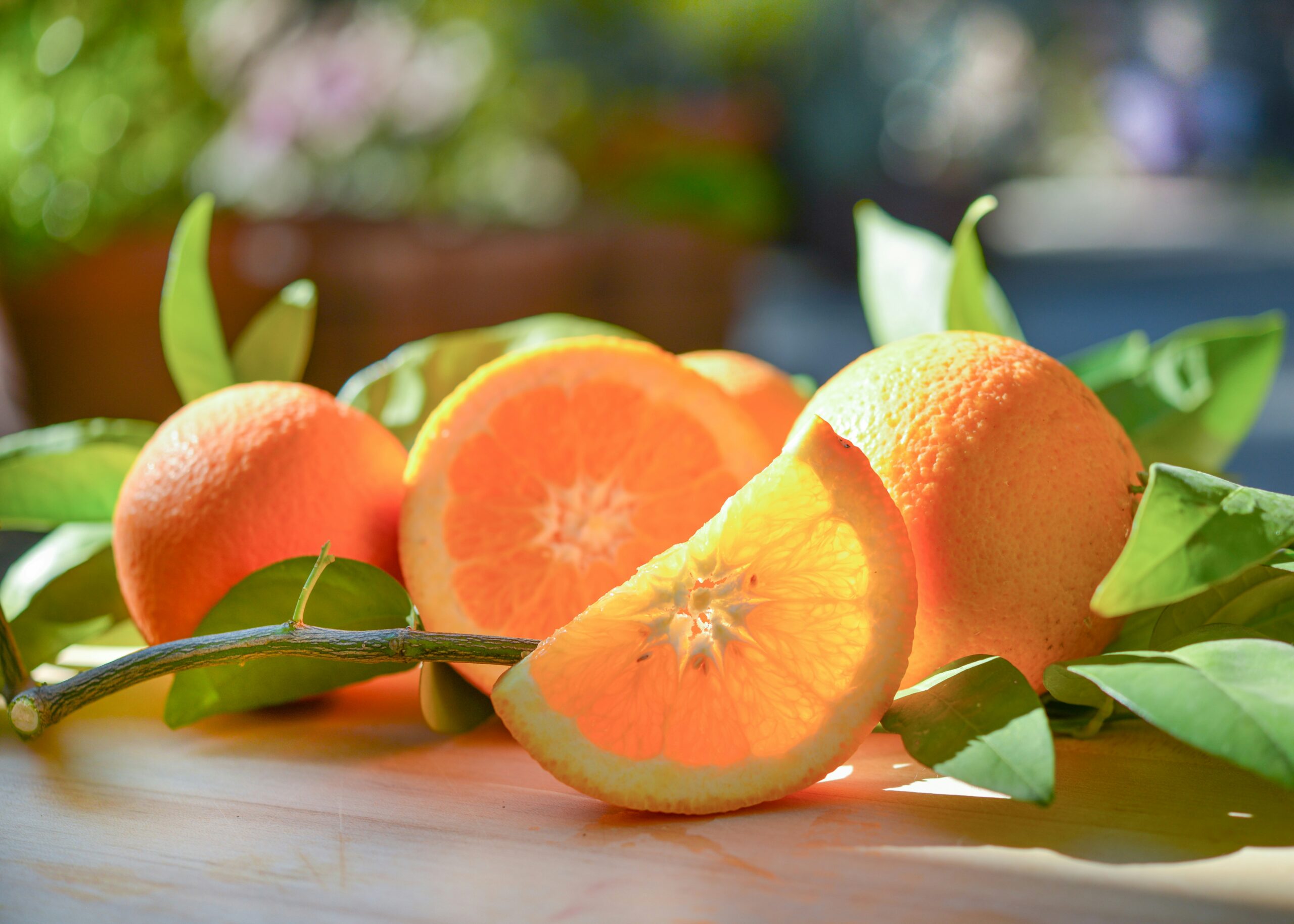The Importance of Tannins, Catechins, and Polyphenols in Tea: How They Impact Flavor and Experience

Have you ever heard the terms tannins, catechins, and polyphenols when discussing the flavor and health benefits of tea? In this article, we will explore the relationship between these components and their roles in tea.

The Relationship Between Tannins, Catechins, and Polyphenols
Tannins are a type of polyphenol. Additionally, most of the tannins found in tea actually belong to a group of substances known as catechins, which are responsible for creating the distinctive taste, color, and aroma of tea. In other words, the tannins in tea are a type of polyphenol, and these tannins belong to the catechin group. These terms may often be encountered separately, but they are actually closely related elements.
How Tannins Affect Flavor
Tannins in tea play a significant role in influencing its color and flavor, particularly in giving tea its characteristic astringency. The higher the tannin content, the stronger the astringency of the tea, resulting in a richer and deeper flavor. This astringency helps to create the unique taste of tea and adds to its depth and complexity.
The Health Benefits of Tannins
Tannins have antioxidant properties, which help to neutralize free radicals and may provide anti-aging benefits. They are also believed to reduce the risk of cardiovascular diseases. Additionally, tannins have been reported to promote digestion and lower blood pressure, contributing positively to overall health.
The Role of Tannins in Wine
Tannins are not only found in tea but are also present in wine, where they are known for their astringent qualities. Tannins add depth and complexity to the flavor of wine, and they are especially important in red wine. Tannins also play a role in balancing the flavors of food and wine, enhancing the pairing experience by complementing each other.
The Pairing of Tannins with Food and Dessert
Tannins help to neutralize the fats and oils in food and dessert. This cleansing effect makes your palate feel refreshed, inviting you to take another bite of your meal or dessert. Through this effect, food and drink complement each other, creating a balanced dining experience. Understanding this scientific relationship gives insight into why wine and tea are often enjoyed alongside meals and desserts.
Tannins, catechins, and polyphenols are terms you may hear often, but when you delve a little deeper, you’ll find surprising connections and depth in these elements!
Recommended Articles
Latest Articles

About the Author / teplo

teplo is a tea brand with the mission of bringing delicious tea to the world.
We provide comprehensive support for the operation of tea media, the purchase and sale of tea leaves, the development and sale of tea brewing machines, and the development of tea menus and recipes for restaurants.
Sign up for teplo’s e-newsletter
Want to receive seasonal information and tidbits about tea without missing a beat? If so, please register your e-mail address using the registration form below.
We will send you the latest information from teplo by e-mail newsletter.
(*1) Please be sure to read and agree to our Privacy Policy before registering.
(*2) Please make sure that you can receive emails from info@load-road.comおよびhello.japan@load-road.com.



